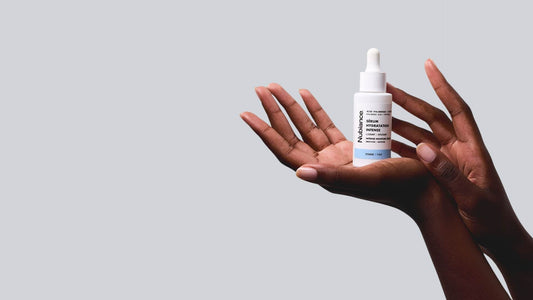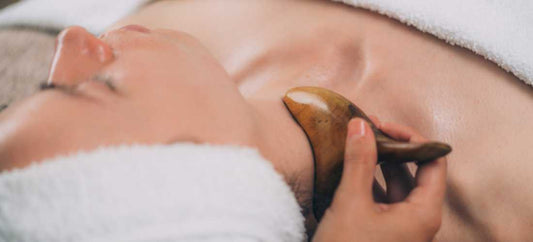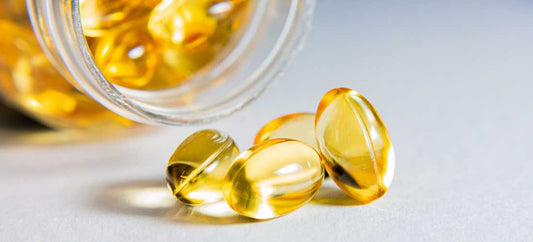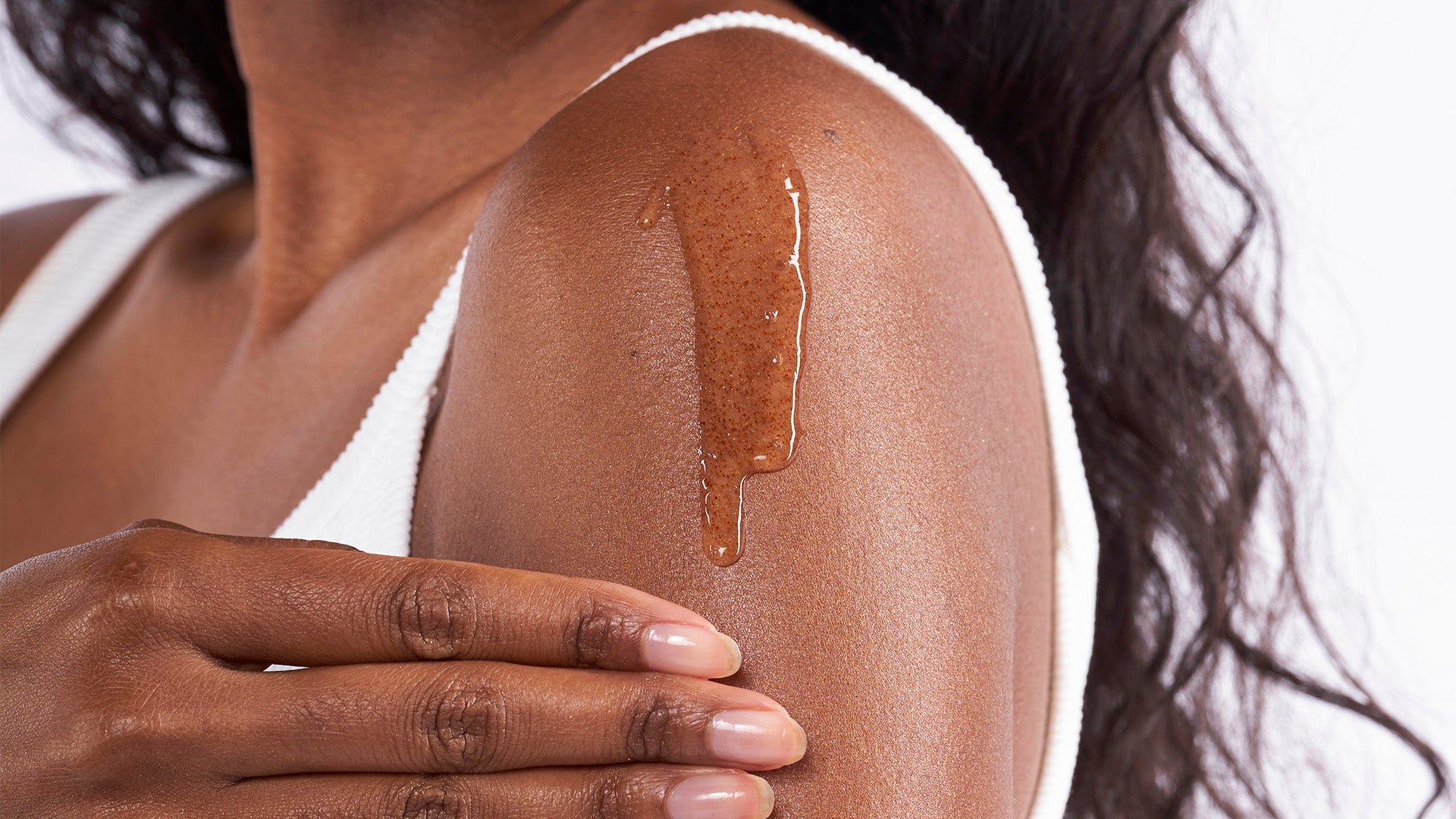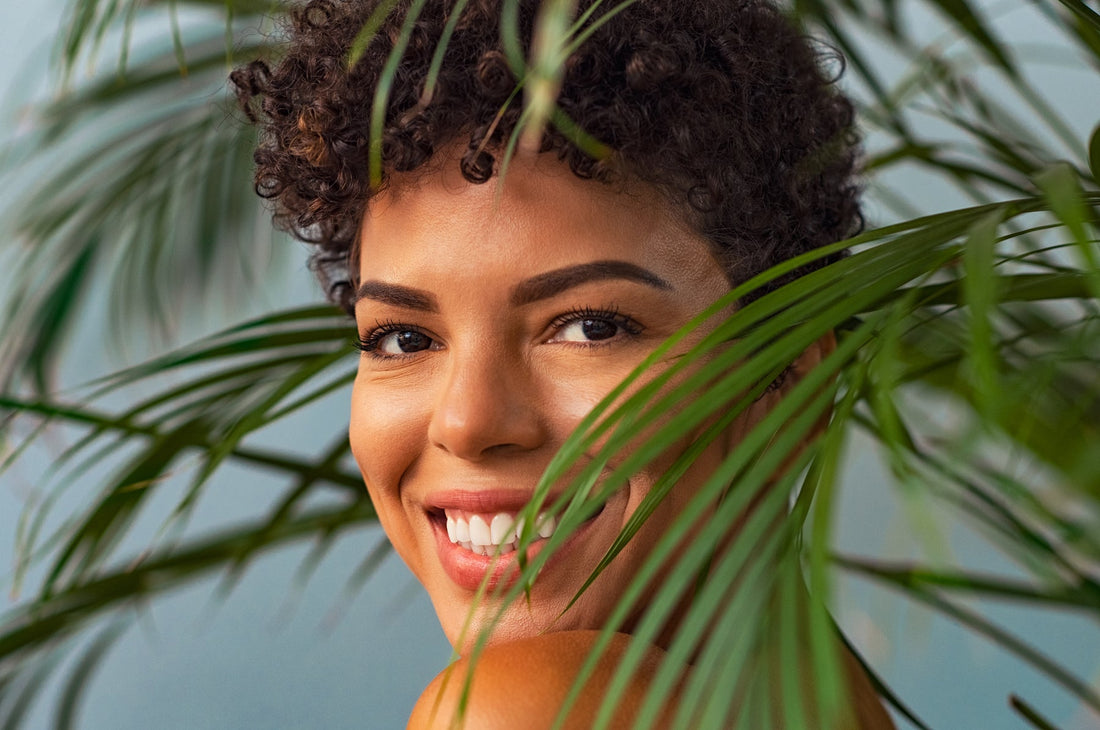
Sun protection for black, matte and mixed-race skin
Partager
Because they are thicker, more compact and denser, Nubian skin adapts better to the sun than Caucasian skin. They also produce a greater quantity of melanin (a natural pigment essential to the skin to protect it from UV rays) than Caucasian skin. However, despite these advantages, they are not completely immune to the sun and its harmful effects. This is why they too must use sun protection in the form of cream or oil, with a protection index adapted to dark or mixed skin.
Is melanin enough to protect the skin from UV rays?
Black skin is distinguished by the fact that its melanin pigmentation is denser. In fact, this pigment absorbs around 90% of UV rays. It should be noted that there are two types of ultraviolet rays: UVA and UVB. These ultraviolet rays have a beneficial effect on the body since they are essential for the synthesis of vitamin D. Which promotes, among other things, the mineralization of bones.
However, UVA and UVB rays can also have negative effects on the skin. And even the darkest skin can be exposed to these dangers:
The sun burns
Due to too long exposure to the sun irritate the skin and can cause nausea, fever or severe chills. To stimulate the production and synthesis of melanin, you must expose yourself to the sun every day. But limit exposure to 15 minutes maximum and apply sunscreen to avoid sunburn .
Skin aging
In dark skin, the stratum corneum is denser and the dermis is thicker and more compact. Especially since the latter contains more elastin and collagen. This is why the signs of aging appear later. But repeated exposure to the sun, especially between noon and 4 p.m. (when the sun is strong) can very quickly damage the skin. It becomes thinner and loses its elasticity, which accelerates the appearance of fine lines and wrinkles.
Pigmentation spots
UV rays stimulate the overproduction of melanin. This very often gives rise to hyperpigmentation spots . Pigment spots are in no way dangerous, but they remain unsightly. These brown spots or age spots appear after intense exposure to the sun.
Cancer risks
Indeed, upon reaching the skin, excessive doses of UV damage the skin cells and can ultimately cause irreversible damage. Two types of cancers resulting from exposure to UV radiation exist: carcinomas, cancers which affect the superficial layer of the epidermis, and melanomas, malignant tumors which develop on melanocytes. Thus, by using sun protection adapted to your phototype, you reduce the risk of skin cancer.
How to choose your sun protection?
It is very important to use a product adapted to your skin type, and this also applies to sunscreens. For black and mixed skin, an SPF sunscreen between 15 and 30 is more than sufficient to protect against the harmful effects of ultraviolet rays.
You should also know that black skin tends to dehydrate when in contact with the sun. Worse still, this very often promotes the appearance of pigment spots. Our HRB-3 Anti-Dark Spot treatment continuously hydrates your skin while regulating melanin production. Applied every day, summer and winter, its powerful SPF 30 sun filter will protect you against the sun's UV rays. Please note, however, that in the event of long exposure to the sun, it is still necessary to renew your sun protection every 2 hours.
HRB-3 Anti-Dark Spot Treatment, Day Formula, 50ml
So from now on, whatever the weather, don't go out without your sun protection!
Also read: What cosmetic active ingredients are incompatible with the sun?
How long does sunscreen last?


